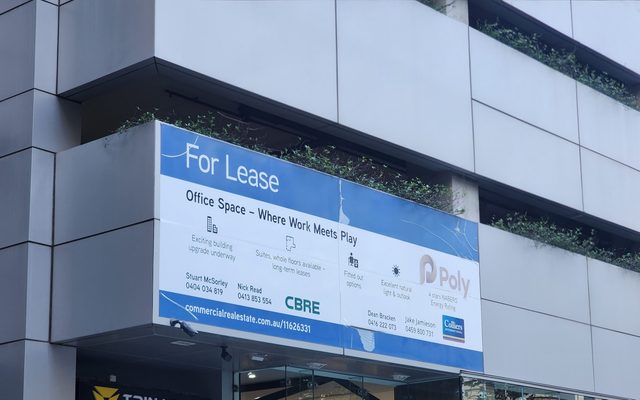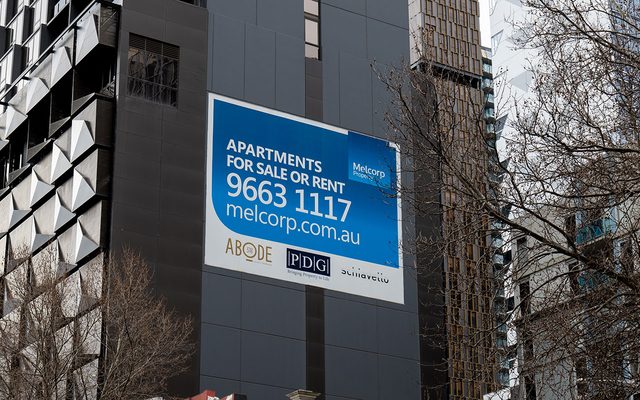This article is from the Australian Property Journal archive
BRISBANE's inner city rents fell more than 2.8% in the last quarter contradicting predictions of rents rising, according to research.
According to Bees Nees Research, the fall in median rent for a two bedroom apartment equate to a respite of $10 dollars per week for residents.
Bee Nees Research’s managing director Rob Honeycombe said rents are still rising slightly in most suburbs, however the overall trend is for a more secure market.
“The Residential Tenancies Authority data shows that over the past 12 months Brisbane’s inner-city has had a 9% hike in rents, equating to an increase of more than $30 per week. That’s strong but doesn’t point to a market that’s out of control.
“The findings for the January to March quarter – traditionally regarded as a strong growth time due to new arrivals to Brisbane from the Christmas and New Year period – have surprised many in the real estate industry. We would normally look to the year’s first quarter for strong rent rises with factors such as the start of the study year but that hasn’t been the case this time,” he added.
Bees Nees Research has used two bedroom apartments as the key market indicator as this is the largest rental type in the inner-city. The RTA collated the nine postcodes/21 suburbs around the CBD into their sub category of “City Inner”. In the March 2007 quarter the median rent for two beds in this area was $350, while in the December quarter it was $360.
According to Honeycombe, St Lucia has recorded a $5 dollar rise for the quarter, with Toowong and Auchenflower unchanged – the market was surprisingly flat given proximity to the massive Queensland University campus.
Honeycombe said the supply of new rental properties in the inner city appears to have caught up to tenant demand over the past year.
The RTA records show the number of bonds held in the past twelve months has grown by 9% with a total of 2,386 dwellings – compared with a growth of just 2% in the previous 12 months.
The completion of developments such as the Amalgamated Property Group’s Aurora, Devine Limited’s Festival Towers and FKP Limited’s Vue in Milton have added new accommodation stock to the rental pool, temporarily relieving the city’s burgeoning growth.
“The newer properties have taken the edge off supply concerns, however as the city continues to grow this will be a short lived respite for accommodation stock,” he added.
Honeycombe said as Brisbane continues to attract new residents and continues to be largest growing city in the country, recording 14,000 new residents for the 2005-2006 year – an increase of 1.4%.
Honeycombe has cautioned that although rents have stabilised for the first quarter, with only a handful of new buildings nearing completion it is likely that the next quarter will record another rent rise.
“Most of last year’s completed apartments were sold during the end of the 2001 to 2004 boom, and even if new projects kick off today it can be up to two years before that feeds through to the rental market.
“Tenants would do well to lock in their rents now before the next wave of rises,” he concluded.
Australian Property Journal



